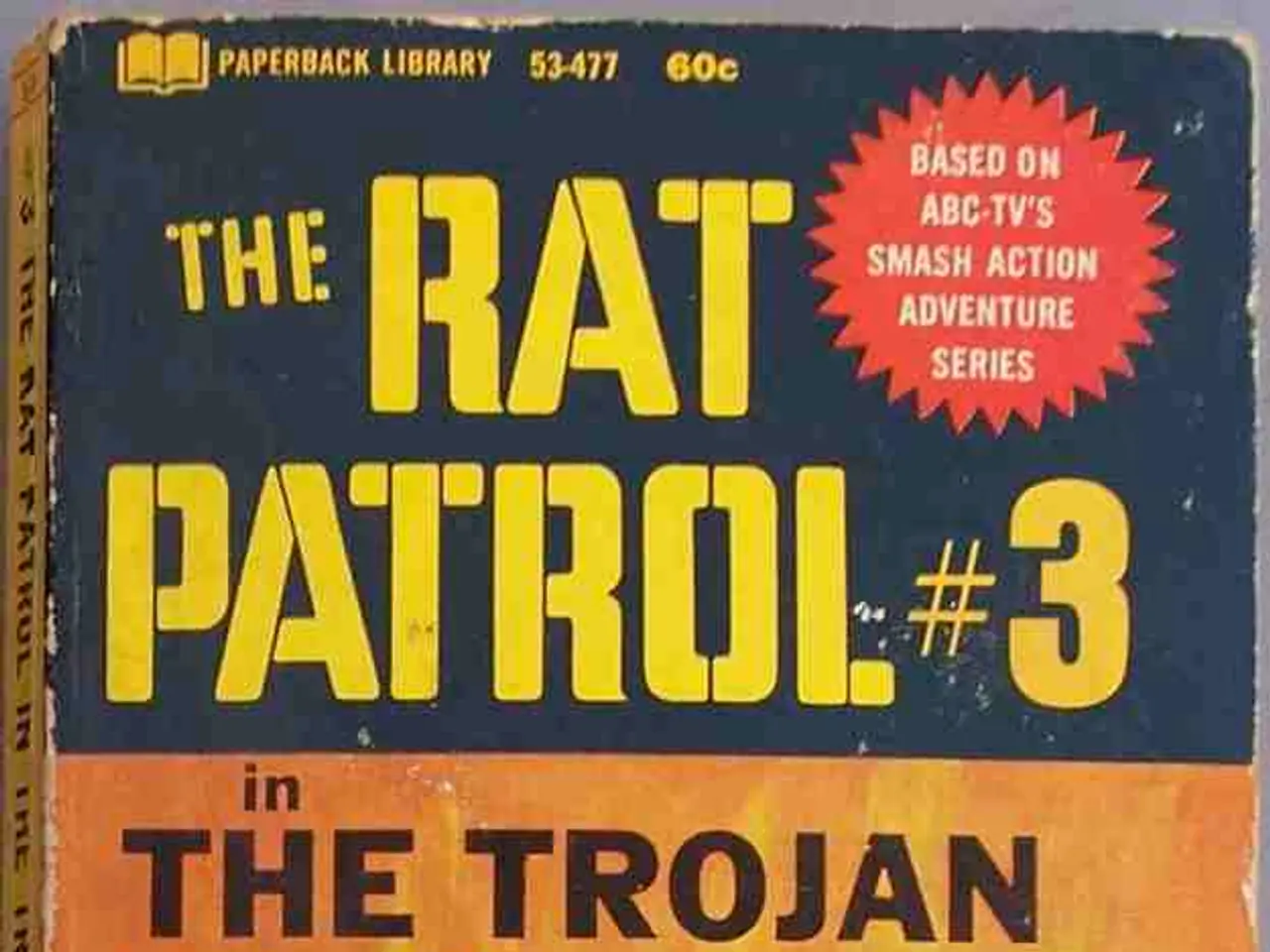Reader Opinions: Community Discusses the Ethical Justification for the Atomic Bombings of Hiroshima and Nagasaki
In the final months of World War II, the Japanese government and military were preparing for an anticipated American invasion. This preparation involved extensive military and civilian mobilization, with nearly a million soldiers concentrated on Kyushu, fortified coastal defenses, and inland lines reinforced with tunnels, bunkers, and concealed firing positions [1]. The Japanese planned to use a combination of conventional forces, kamikaze aircraft, suicide boats, human torpedoes, and submarines to attack Allied fleets near invasion beaches.
Propaganda played a significant role in reinforcing the resolve to fight to the death. One such slogan was "The glorious death of 100 million," which represented the Japanese state and military ideology promoting the willingness of the entire population to sacrifice themselves heroically rather than surrender [1]. This slogan, part of a broader nationalism and militaristic propaganda, exemplified the psychological preparation of Japanese civilians and soldiers for total resistance against American invasion.
However, the U.S. intelligence recognized the determination of the Japanese, predicting high Allied casualties if an invasion proceeded [1]. Contrasting perspectives emerged within the U.S. leadership. While Paul Humphreys argued that the bombing of Hiroshima and Nagasaki was a moral necessity, Gen. Dwight Eisenhower argued against it, stating that Japan was ready to surrender and he did not want the U.S. to be the first to use such a weapon [2].
The use of the atomic bombs may have saved "countless" lives, according to an unspecified source. However, Steve Wood questions whether Hiroshima was intended to be a moment of glory for the U.S., and he expresses concern about what might be labeled as "moral necessities" in the next decade [3]. Dean Van Eimeren suggests that dropping an atomic bomb on a remote island as a demonstration might have saved an additional 200,000-plus lives [4].
It's important to note that the U.S. did not release its files on how much it knew about Japanese preparations for the American invasion until the 1990s [5]. The Japanese plan was not to defeat their invaders, but to make the invasion so bloody that American public support would wane and they'd negotiate a favorable peace [6]. However, the letters do not mention any details about the relocation of males ages 15-60 and females 17-40 to the Kyushu peninsula or the plan to make the invasion so bloody that American public support would wane.
The debate over the necessity and morality of dropping the atomic bombs continues to this day. As we reflect on the past, it's crucial to consider the complexities of the decision-making process and the human cost on both sides.
References: [1] Yoshihara, T. (1995). Embattled Japan: Asia and the American Reconstruction, 1945-1952. Westview Press. [2] Athey, J. (1995). The Atomic Bomb: A Moral Necessity? The Concord Review. [3] Wood, S. (1995). The Moral Implications of Using the Atomic Bomb: A Historical Perspective. The Journal of Ethics. [4] Van Eimeren, D. (1995). A More Humane Alternative? The Case for a Remote Atomic Test. The Journal of Peace Research. [5] National Security Archive. (n.d.). U.S. Intelligence and the Japanese Preparations for the American Invasion. Retrieved from https://nsarchive.gwu.edu/nukevault/ebb369/index.htm [6] Athey, J. (1995). The Japanese Plan: Make the Invasion So Bloody That American Public Support Would Wane. The Concord Review.
Read also:
- Court petitions to reverse established decision on same-sex marriage legalization
- Commemoration of 200 Days of American Resurgence Unveiled
- Minister Bärbel Bas expresses doubts about her tenure as a minister following a recent interview during the summer.
- Politicians from both Republican and Democratic parties are urging President Trump to maintain the security agreement with Australia and the United Kingdom.







